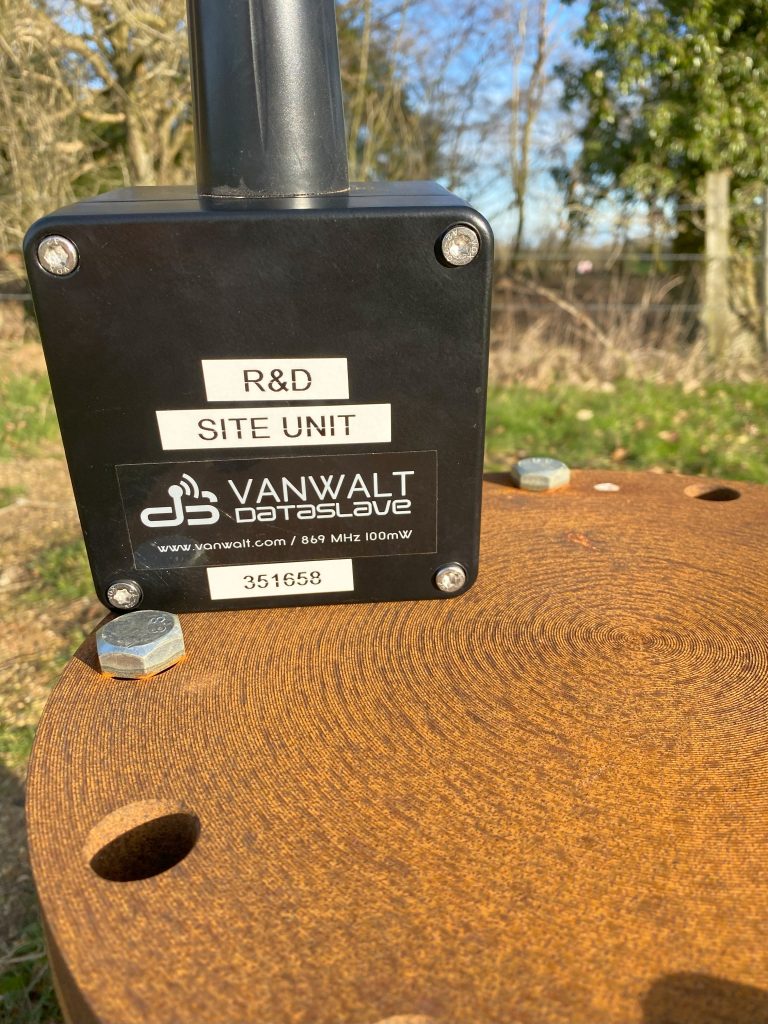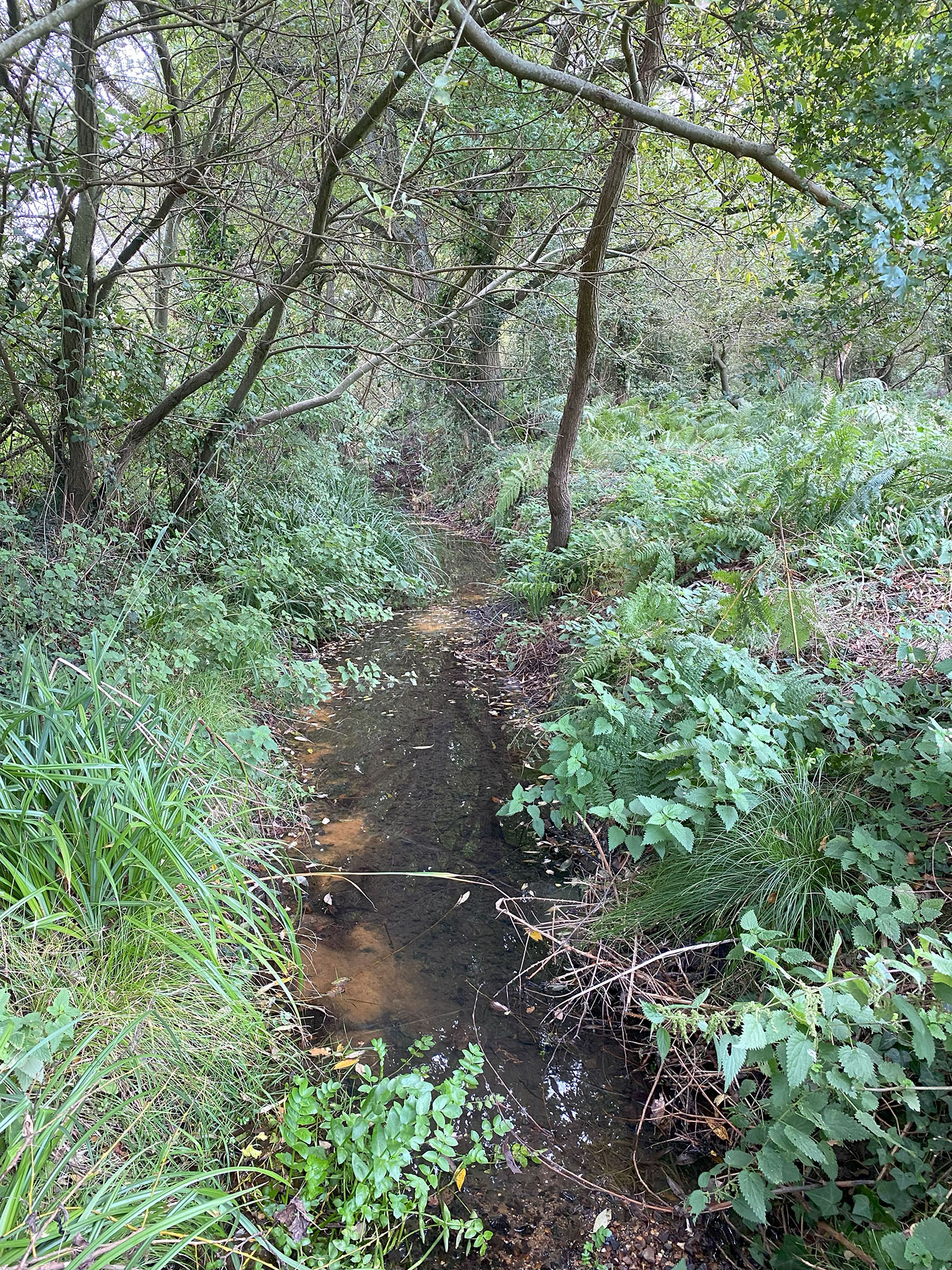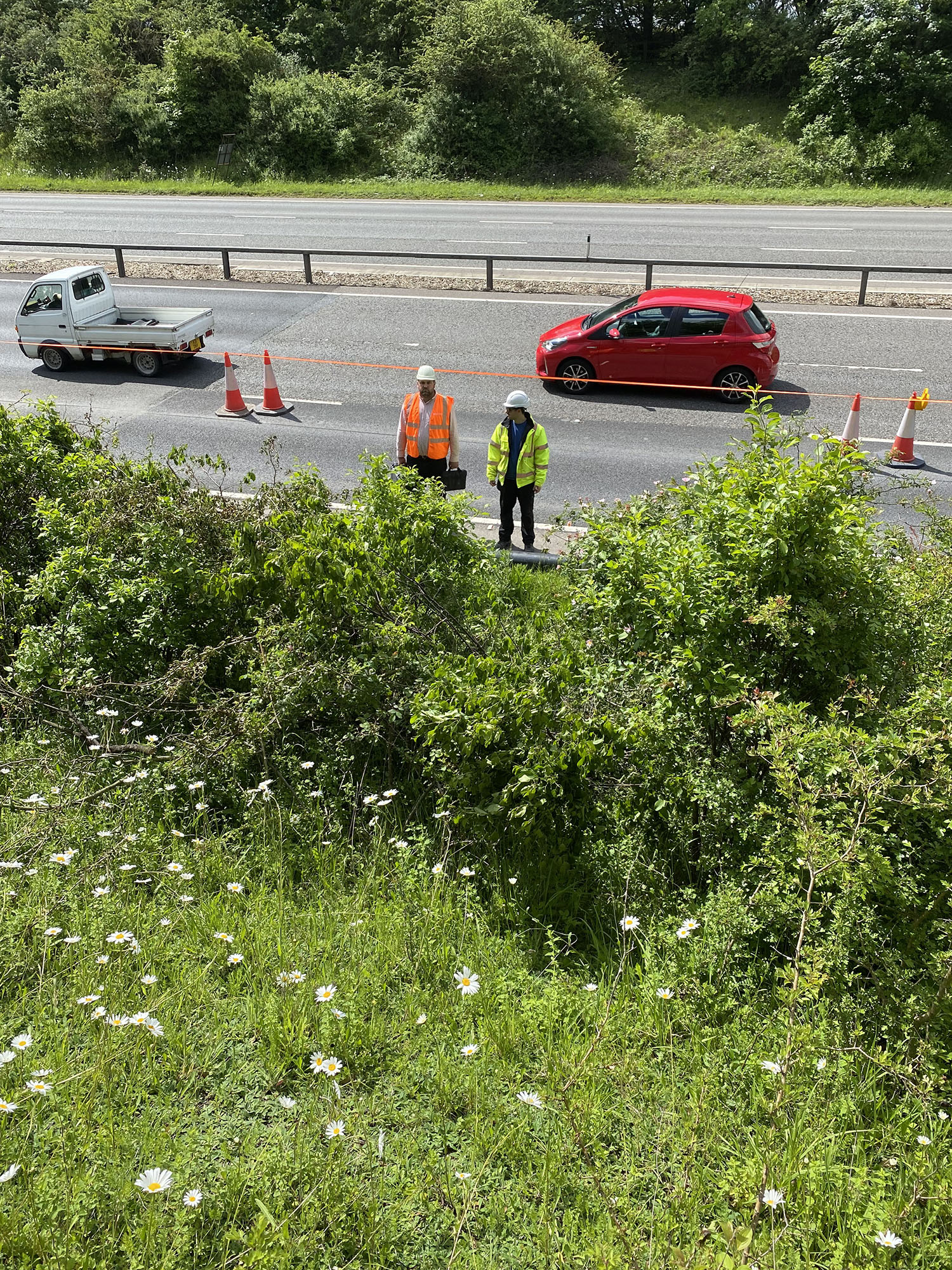

Understanding the requirements – Part 2

8th July 2024
In a previous blog I wrote about the need for clear requirements and why we ask so many questions. To recap, in summary – we cannot recommend, build and install a solution to meet your demands without your clear requirements being understood.
The next step in the process is the site visit. The reason we do the site visit is to validate our solution against your requirements, ensuring that we can deliver. It confirms any assumptions we may have made are validated and enables us to plan for the actual installation taking into account local site information.
During the site visit we are looking at three primary objectives:
- To validate our solution against the requirements
We will come to site with a solution in mind following the assessment of initial discussion. We now need to validate that it will work and that we can do it. We will take measurements of the installation points, check the radio and GSM signals for coverage and ensure that the sensors we are recommending are the correct ones. This includes the sensor range required, the type of sensor and cable length where required. We will also confirm how the system is going to be powered whether that is via mains or battery/solar. Solar will need good open coverage and minimal obstruction to operate efficiently.

- To validate that we can install the solution as planned
This objectives focusses on the installation work. How are we going to physically install the equipment. Is there existing infrastructure we need/can attach to or do we need to secure to an independent structure. How are we going to route the cables and do we need to armour the cables. Importantly this objective will also include work we cannot do. For example if we need to route a cable under a road we will need support in doing this, and this can be made clear in the post visit report. The output of this objective is a clear understanding on the installation point, tools and materials needed, and the scope/roles of the installation team.

- To validate that we can install safely
The final objective is ensuring we can do all the work safely and efficiently. We will assess how we get to site with the equipment and tools and confirm any prerequisite onsite training and induction requirements. Critical to this phase is the risk assessment. What are the site hazards and what PPE and tooling may we require. These are all activities that must be understood fully prior to any work commencing. If it is not safe to perform an activity we need to find an alternative solution that is. This activity can only be done properly by being on the site where all hazards can be correctly identified.

Following the site visit a report that details our findings with photographs as appropriate is provided. It’s a document that will reconfirm all requirements, the solution for the requirements, how we are going to install and any actions that need completing in advance (including actions which may be for you to action).
In summary, we always recommend the site visit, and whilst it may appear time-consuming and a repeat of the requirements it does help ensure we can meet all the objectives quickly without any surprises or incorrect assumptions.
David van Walt
Wanaka, New Zealand, July 2024
You might also be interested in...
Build, test, validate and then deploy
21st October 2024In my previous blogs covering the initial phases of building telemetry systems I have talked about the importance of setting and agreeing clear requirements and the importance of a site visit. In this...
Read MoreSampling equipment does not need to be expensive
18th April 2024… especially when it concerns sampling for (soil) pore water.
Read MoreWhen inches and millimetres matter
18th March 2024Despite being of an age when we learned metric alongside imperial, I find it difficult to do the mental gymnastics to convert a foot into centimetres. The grey cells are totally overwhelmed when I’m...
Read MoreVan Walt Environmental Equipment
A small selection of our environmental equipment